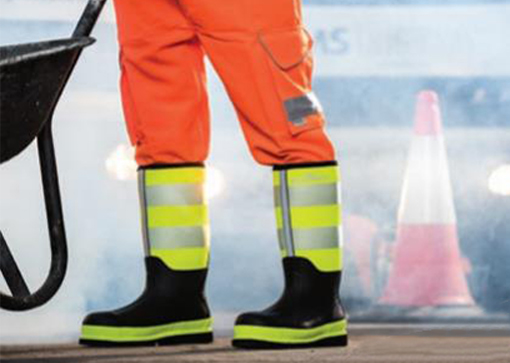The Essential Guide to Rubber Farm Boots
When it comes to working on a farm, having the right footwear is crucial for both safety and comfort. Among the various options available, rubber farm boots stand out as a favorite for many agricultural workers. This article delves into the importance of rubber farm boots, their features, and how to choose the right pair for your needs.
Why Choose Rubber Farm Boots?
Rubber farm boots are designed specifically for outdoor work, making them an indispensable part of any farmer's gear. One of the primary reasons for their popularity is their waterproof nature. Farms often involve wet and muddy conditions, whether from rain, irrigation, or livestock, and rubber boots provide a shield against these elements. By keeping your feet dry, they help prevent discomfort and potential health issues like fungal infections.
Moreover, rubber farm boots are incredibly durable
. Made from high-quality rubber, they can withstand a variety of harsh conditions, including extreme temperatures, heavy loads, and abrasive surfaces. This durability ensures that your investment in a good pair of boots pays off in the long run, providing support and protection for countless hours spent working on the farm.Key Features to Look For
1. Height Rubber farm boots come in various heights, typically ranging from mid-calf to knee-high. A taller boot offers more protection from muddy environments, whereas shorter styles may provide comfort and ease of movement. Consider your specific needs when choosing the height.
2. Insulation Depending on the climate in which you work, insulated rubber boots can be a game-changer. If you often find yourself in cold conditions, look for boots with thermal insulation to keep your feet warm without trapping moisture.
3. Traction Farm work can be slippery, and having boots with a good tread pattern is essential for maintaining grip. Deep lugs can help prevent slipping in mud or wet grass, ensuring that you stay safe as you navigate the farm.
4. Comfort and Fit A comfortable boot will make a significant difference during long hours of work. Look for boots with padded insoles and an ergonomic design to provide support as you stand and walk throughout the day. Additionally, consider trying them on with the socks you typically wear to ensure a proper fit.
rubber farm boots

5. Easy Maintenance Farm work can be dirty, so choosing rubber boots that are easy to clean can save you time and effort. Most rubber boots can simply be rinsed off with water, making maintenance straightforward.
How to Care for Your Rubber Boots
To prolong the life of your rubber farm boots, proper care is essential. Here are some tips
- Clean Regularly After a day of work, rinse off mud and debris to prevent buildup. A mild soap can be used for more stubborn dirt.
- Dry Properly Allow your boots to air dry in a well-ventilated area. Avoid direct sunlight and heat sources, as they can cause the rubber to crack or degrade over time.
- Store Correctly When not in use, store your boots in a cool, dry place. Avoid folding them to prevent creasing, which can lead to leaks.
- Check for Damage Regularly inspect your boots for any signs of wear or damage. Early detection and repair can extend their lifespan significantly.
Conclusion
Rubber farm boots are more than just a piece of footwear; they are essential tools that enhance safety and comfort while working on a farm. With various styles and features available, it's important to choose a pair that meets your specific needs. By investing in high-quality rubber boots and taking care of them, you can ensure a productive work environment, allowing you to focus on what truly matters—your agricultural endeavors. Whether you are planting, harvesting, or caring for livestock, the right pair of rubber farm boots will keep you prepared for the tasks ahead.
-
Stay Dry in Any Condition with WadersNewsJul.17,2025
-
Elite Performance with Camouflage Combat BootsNewsJul.17,2025
-
Dry and Comfortable with Green Rubber Garden ShoesNewsJul.17,2025
-
Convenient Protection with Foldable RainbootsNewsJul.17,2025
-
Comfort and Protection with Neoprene Work BootsNewsJul.17,2025
-
Brighten Rainy Days with Floral Rain BootsNewsJul.17,2025
-
Safety Wellies: The Ultimate Combination of Protection, Comfort, and VisibilityNewsJun.19,2025











